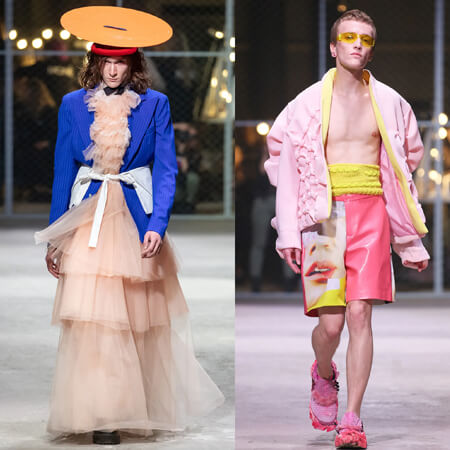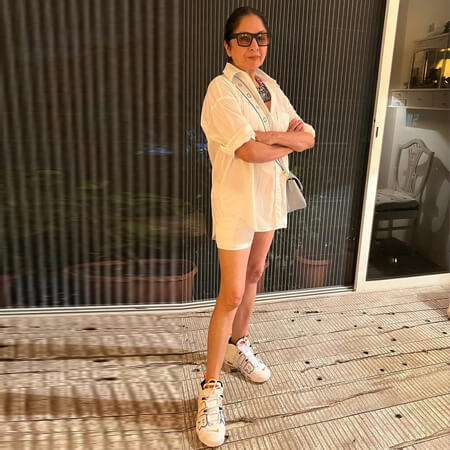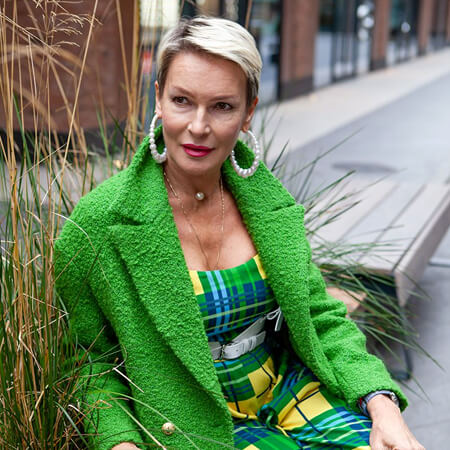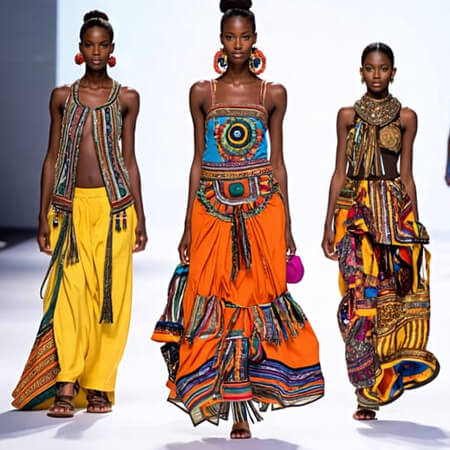The Impact of Globalisation and Fast Fashion
Fashion reflects culture, but globalisation and fast fashion are eroding traditional styles. With trends spreading rapidly, many local designs are being replaced by mass-produced, Western-inspired clothing. India's handloom industry struggles against cheaper,
machine-made alternatives. The same happens worldwide - traditional outfits like the qipao, kimono and dashiki are either reserved for special occasions or altered for global appeal. It is not just about losing styles but also the stories and traditions behind them.
Cultural Appropriation v/s Appreciation in Fashion
Cultural appropriation happens when elements of a culture are used without understanding their significance - think luxury brands using Indigenous patterns or bindis worn as fashion statements. It reduces meaningful traditions to trends. However, cultural exchange in fashion can be positive when done with respect. The difference lies in intention - are designers collaborating with artisans to preserve traditions, or are they simply profiting? A good example of appreciation is the revival of handwoven sarees in India, where weavers are given due credit and support.
How Traditional Clothing is Evolving or Fading Away
Traditional clothing is evolving, but some styles are disappearing as younger generations adopt modern attire. The sari, for instance, has adapted to contemporary trends, but many indigenous outfits are fading due to convenience, corporate dress codes and lack of accessibility. The challenge is to preserve cultural identity while allowing fashion to evolve. Sustainable fashion,
craft revival initiatives, and cultural education can help maintain this balance. Fashion should celebrate heritage, not erase it.

























 CONTACT USWaves Institute of Fashion Designing,
CONTACT USWaves Institute of Fashion Designing,